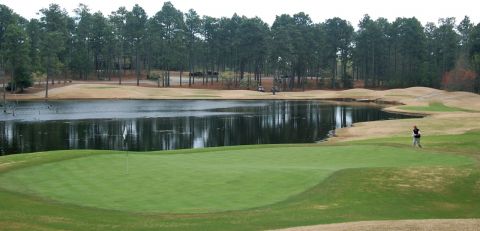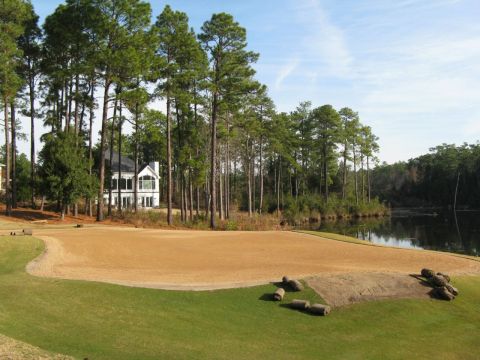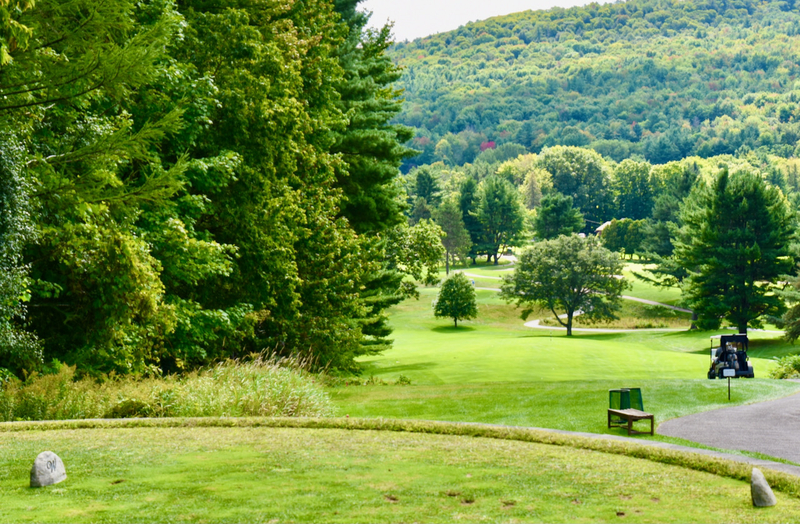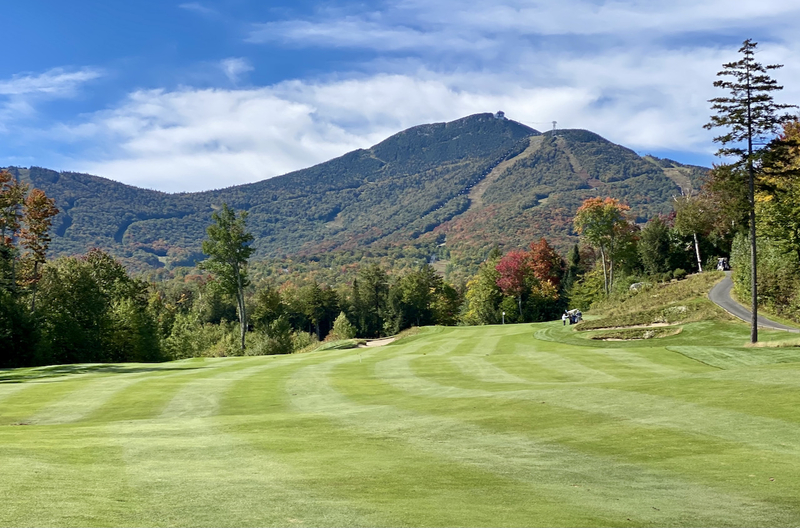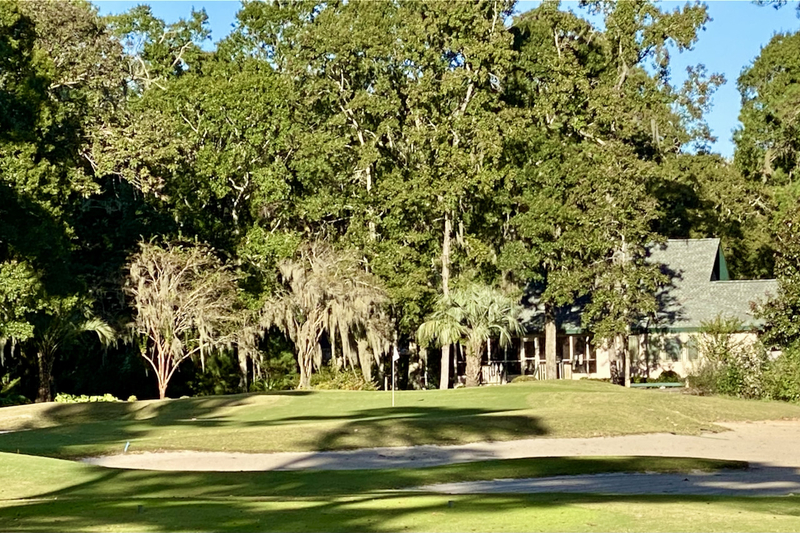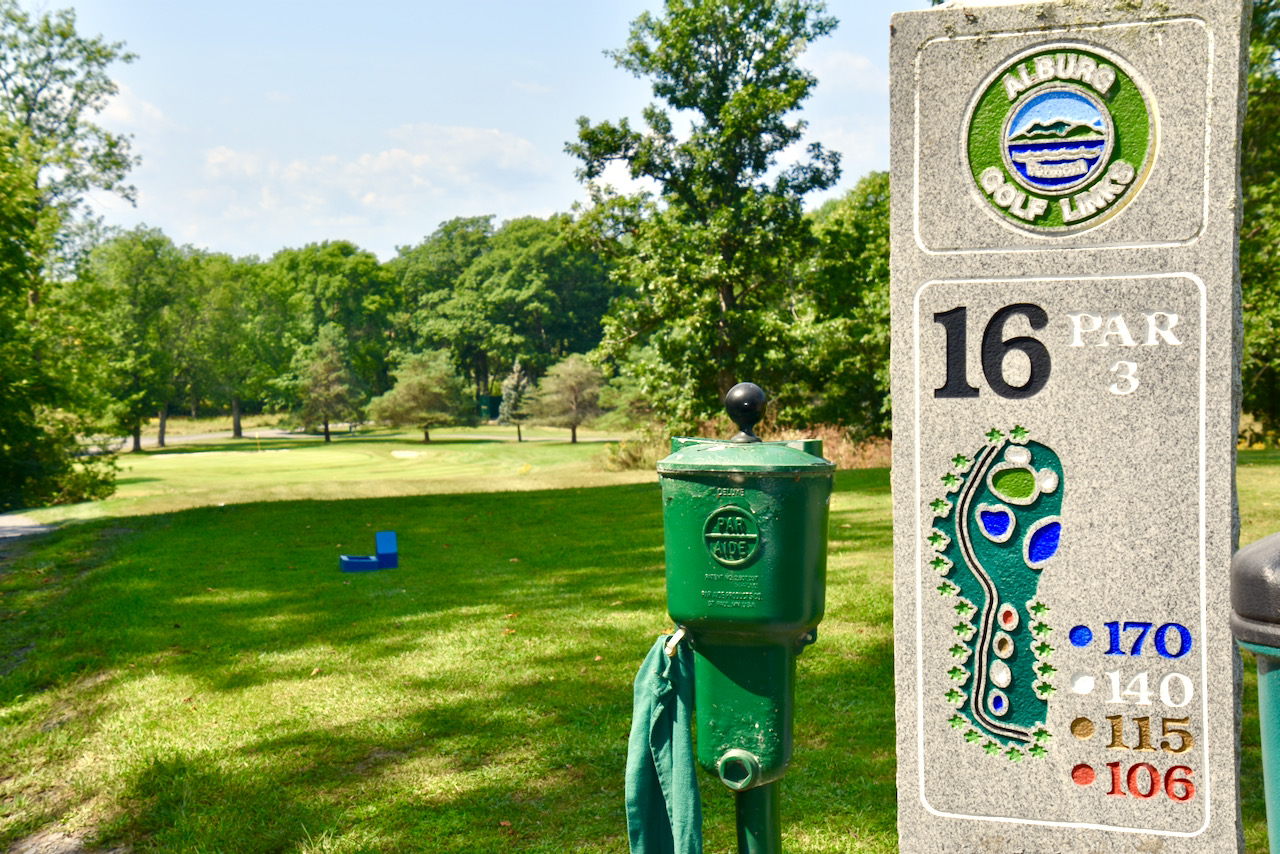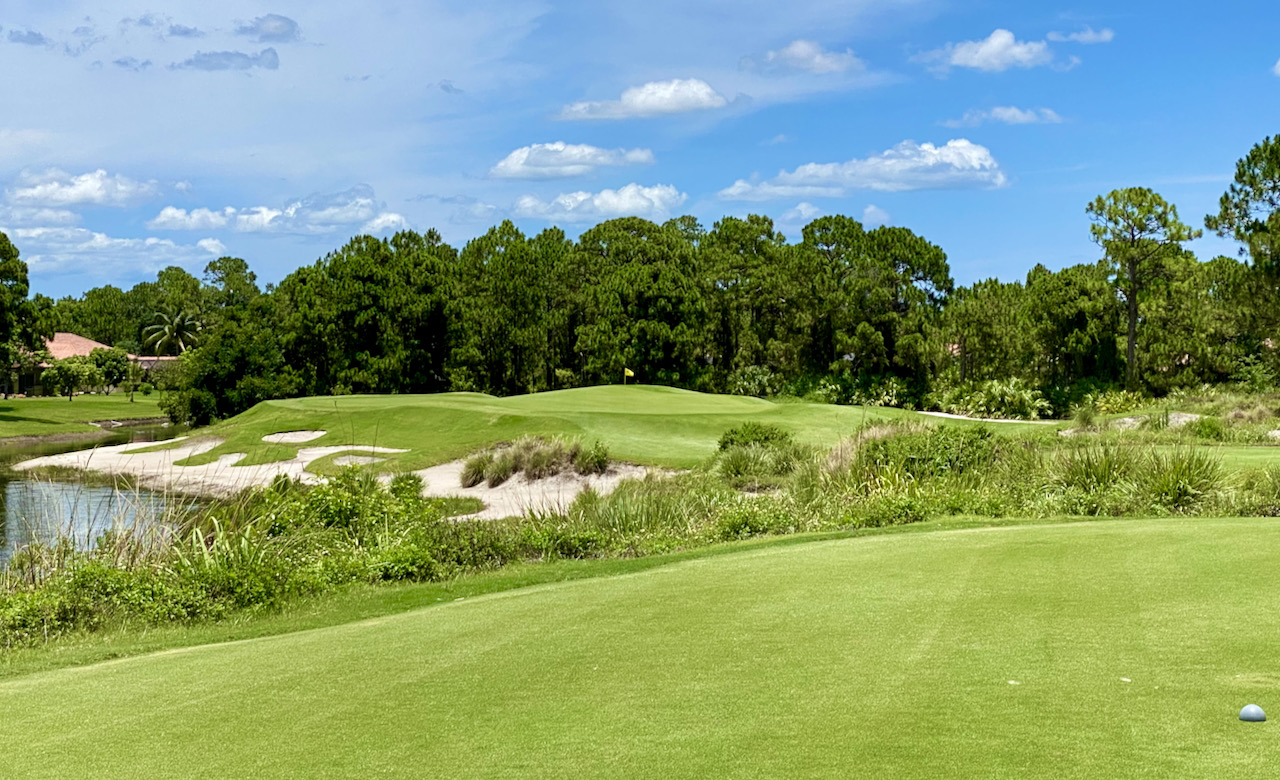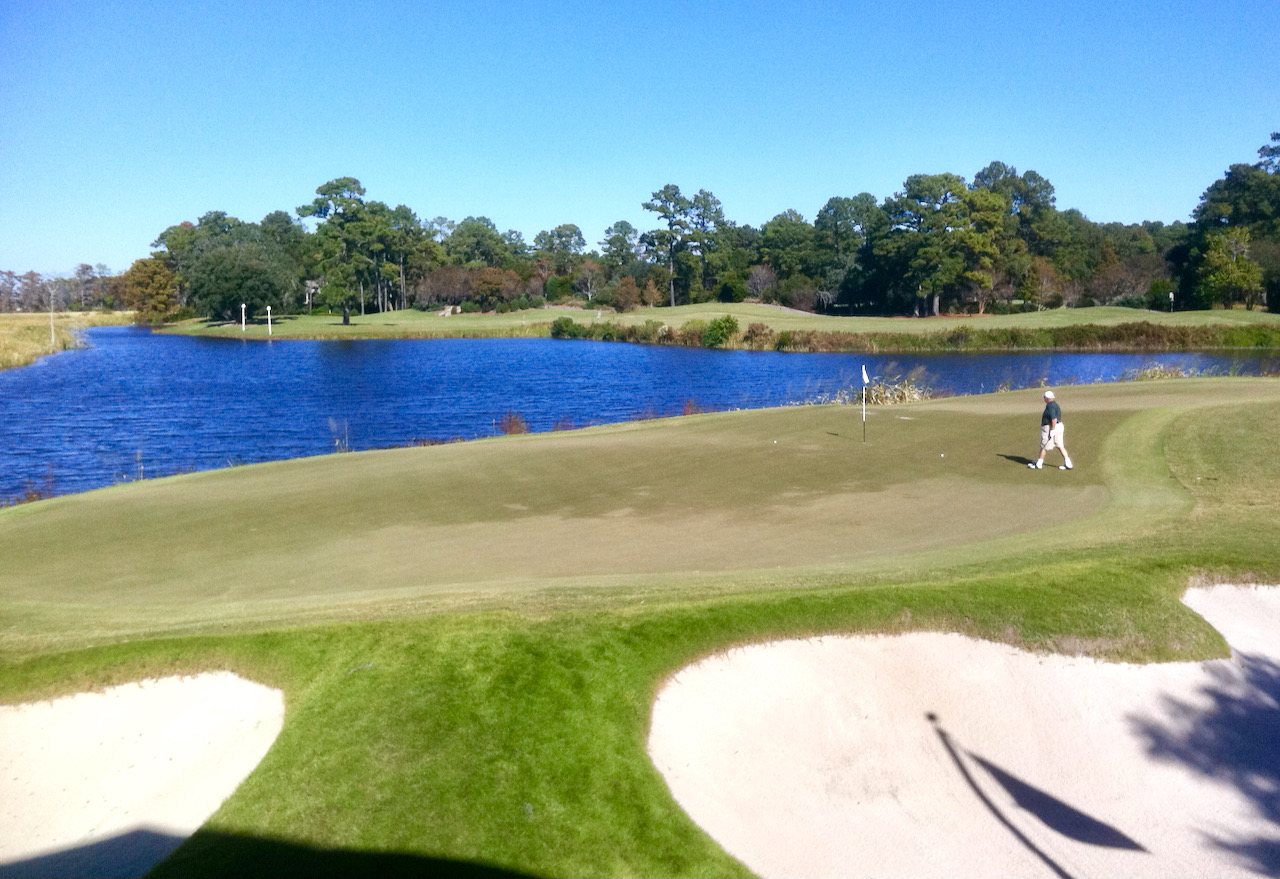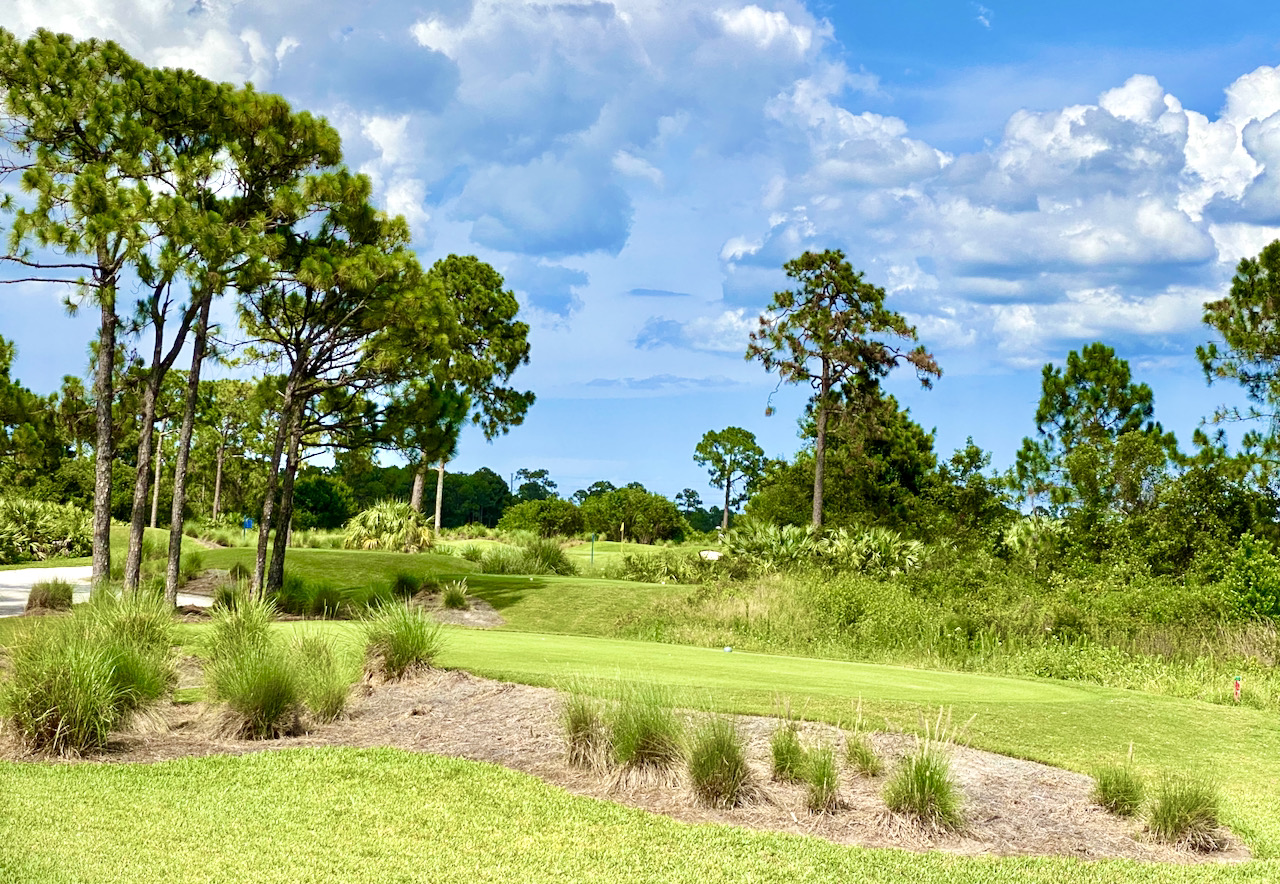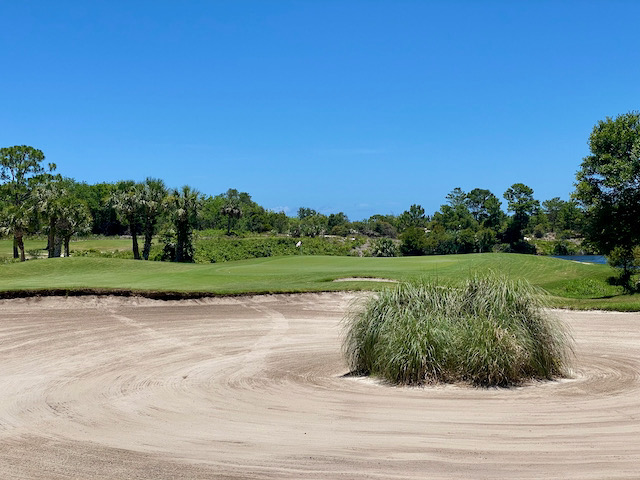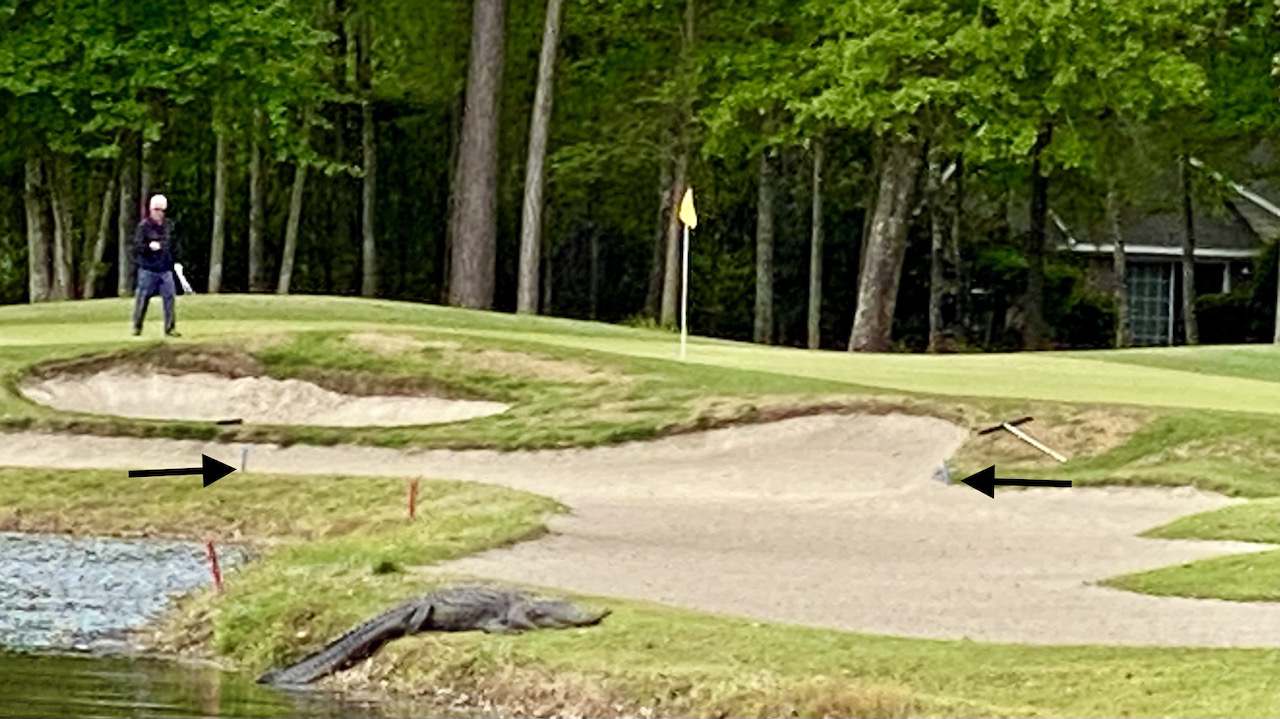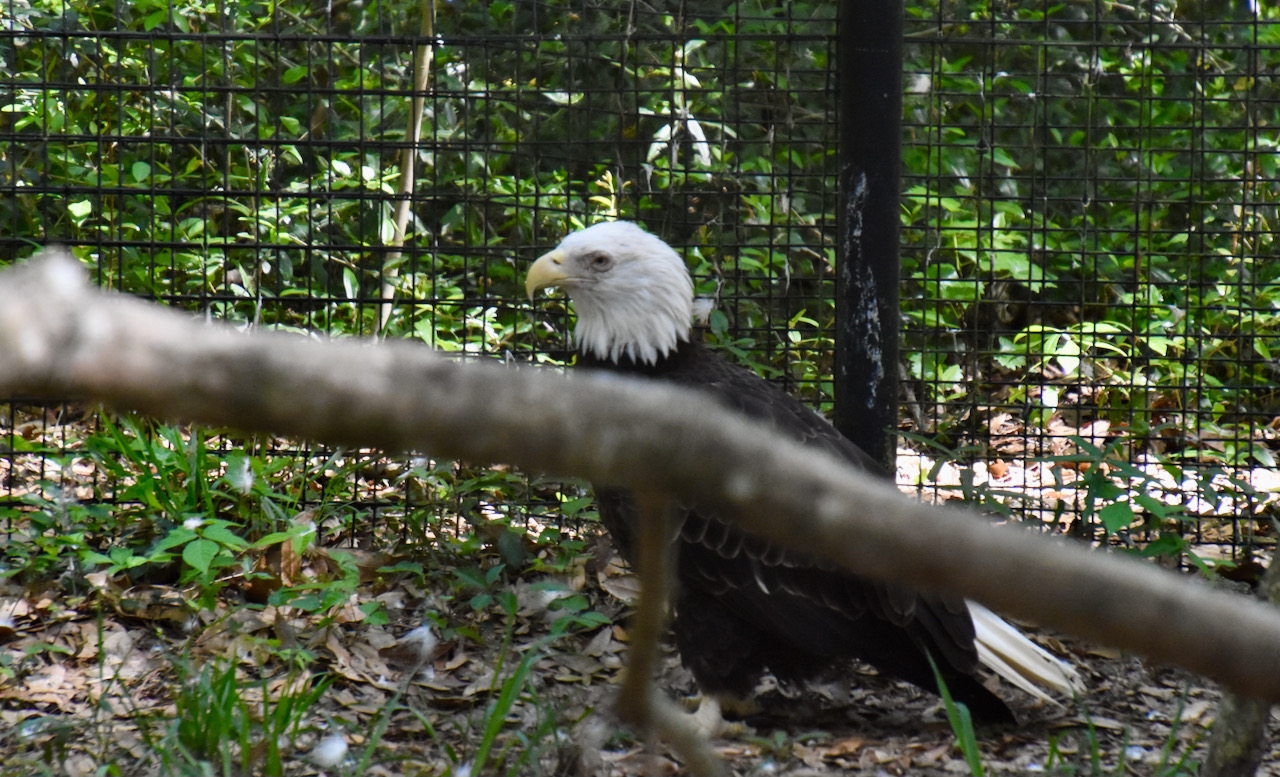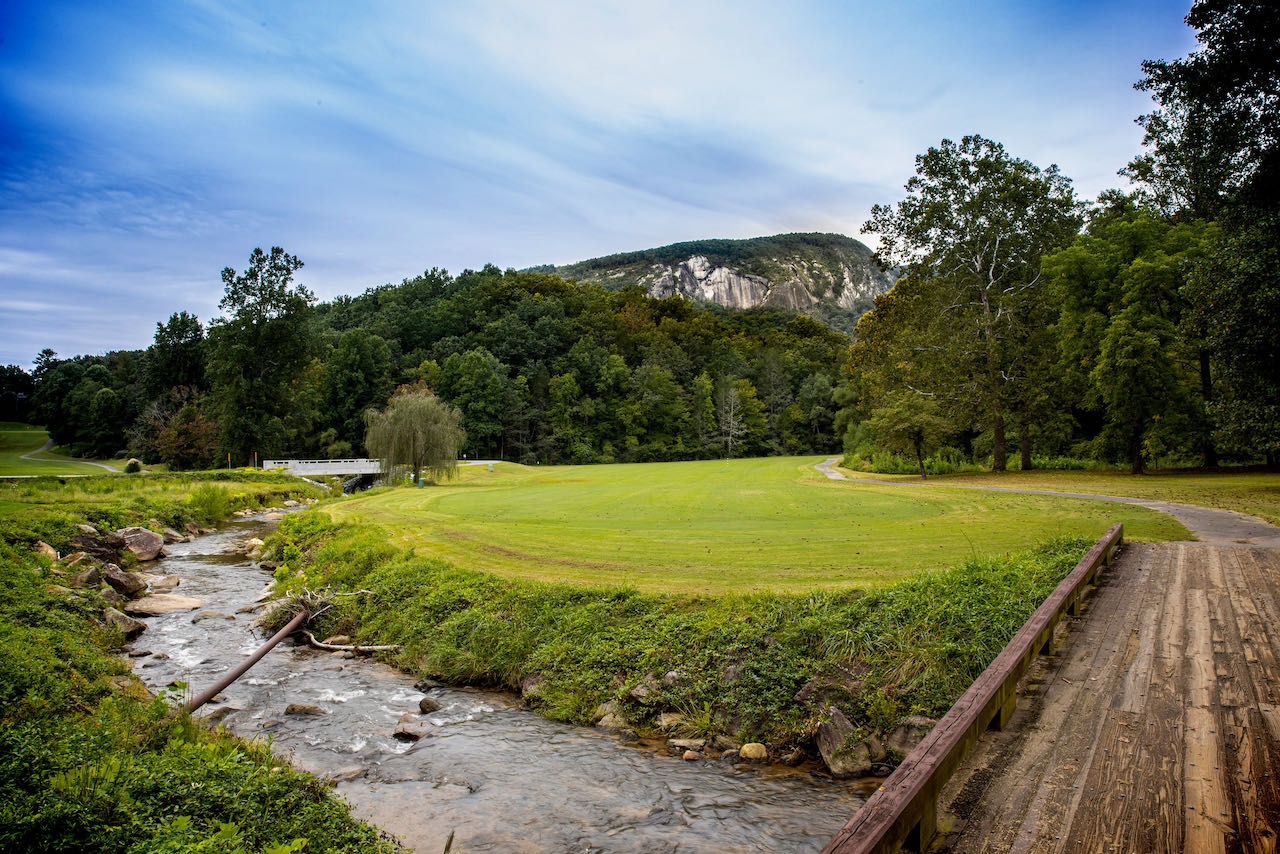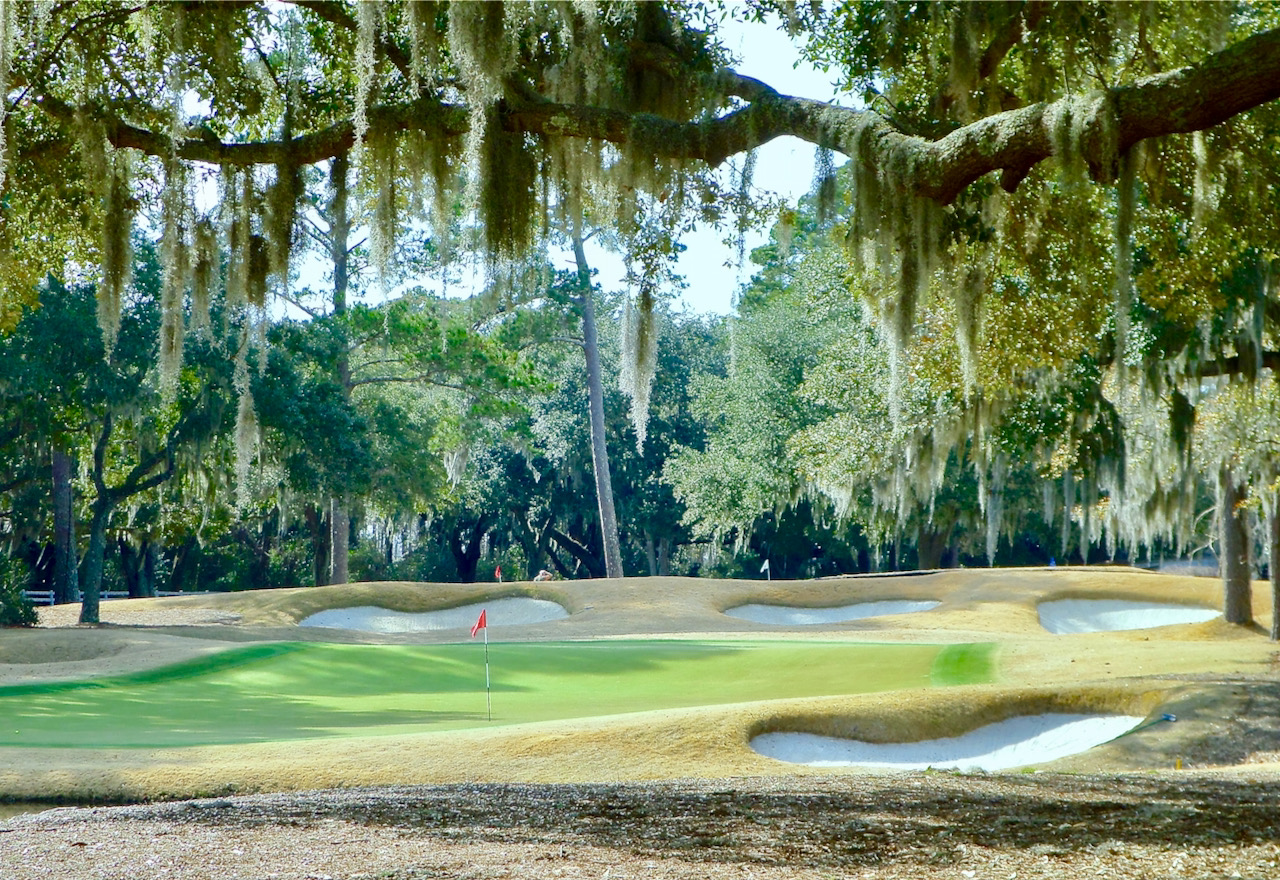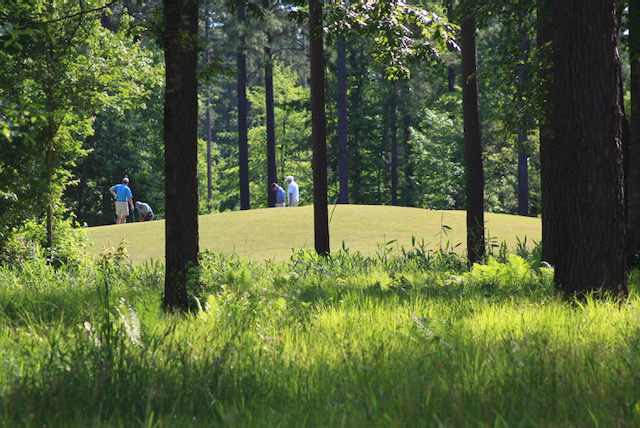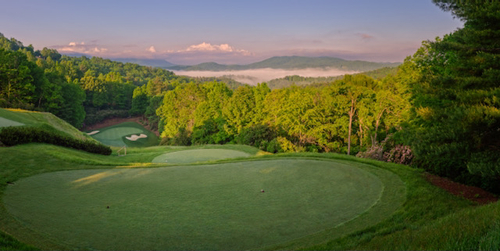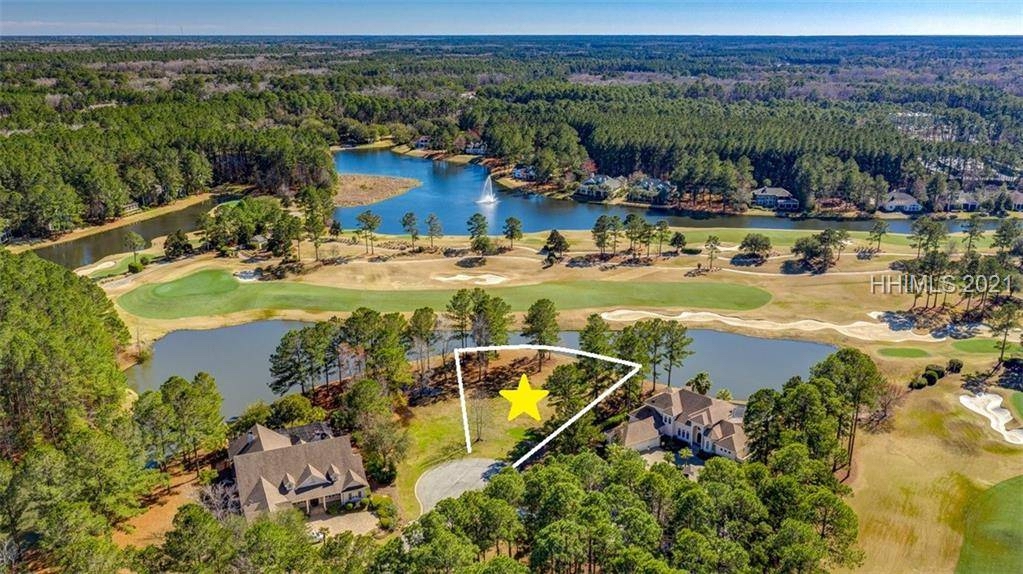For those of us who live in the northern tier of the nation, or in countries on the doorstep of winter (like Canada and those in northern Europe), this time of the year is filled with many blessings, but weather is not one of them. The forecast for Connecticut, home to your editor and his family, is for temperatures to top off in the low 40s this week. A few days ago, I received an email from a local course shouting “Last Chance to Play this Year.” For true golfers, it may be the saddest time of the year.
With that in mind this Holiday season, why not consider a gift to your significant other, and of course yourself, of a long weekend this winter at a golf community in the southeast? Golf courses from the Carolinas on south remain open except during rainy, or the rare snowy, days, when a light sweater is typically enough to get you through a round of golf; get lucky, and you might actually be able to play in shorts and a polo shirt. And most golf communities still recovering from a shattered economy are offering deep discounts for a package that includes lodging and golf (and some extras, depending on the golf community). A tour of the community is the only requirement, but the bet here is that you just might want to look at a few houses in your price range.
The following are discovery packages at a few golf communities we know and like:
River’s Edge, Shallotte, NC
Shallotte is about halfway between Myrtle Beach and Wilmington in one of the Carolinas’ fastest growing counties, Brunswick. Although I have not yet played the Arnold Palmer designed River’s Edge layout, it ranks highly among the 100+ courses on the Grand Strand. River’s Edge, which is also affiliated with the nearby Ocean Ridge Plantation and its four golf courses, is offering the following special package for Golf Community Reviews readers, a discount of $50 compared with its typical package. (Please contact us and we will put you in touch with River’s Edge).
2 nights lodging with one round of golf for 2 people….$199
3 nights lodging with one round of golf for 2 people….$269
(Extra rounds of golf at discounted rate)
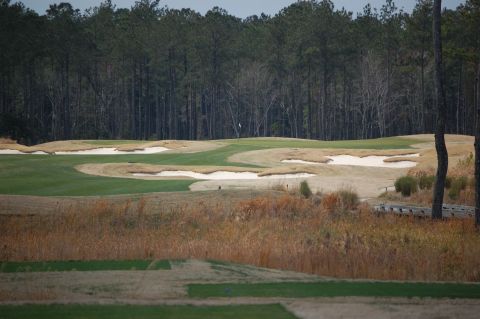
Brunswick Forest's Cape Fear National, designed by Tim Cate, has quickly established itself among the best golf courses on the eastern seaboard.
Brunswick Forest, Leland, NC
Just a few miles from small but urbane Wilmington, NC, Brunswick Forest is among the best selling golf communities since the economy tanked in 2008. They have done this through an aggressive marketing program, including their well-priced discovery package, and the understanding that the developer behind the community, Lord Baltimore Properties, has deep pockets. A nice selection of new homes that begin in the $200s doesn’t hurt either.
2 nights lodging for two in a luxury Wilmington hotel, round of golf for two on Cape Fear National, access to all amenities, trolley tour of city, certificate for waterfront restaurant….$179 per couple.
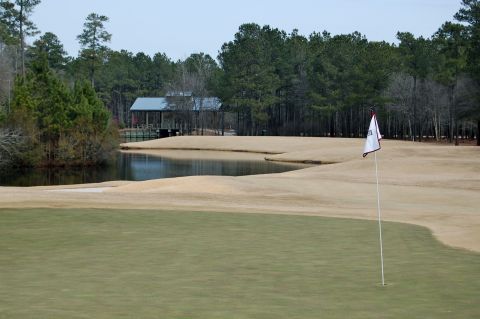
River Landing's two golf courses rate highly in North Carolina.
River Landing, Wallace, NC
Family built and owned, the two 18-hole courses at River Landing rank in the top 50 in North Carolina, not too shabby in a state with Pinehurst and great layouts from the Atlantic to the Blue Ridge Mountains. Wallace may not offer big-city attractions, but located just off Interstate 40, River Landing is easily accessible to both Raleigh and Wilmington. Homes are priced around the mid six-figures and up.
2 nights lodging, golf for two, access to all member amenities, tour of local winery, dining certificate for clubhouse….$139 per couple.
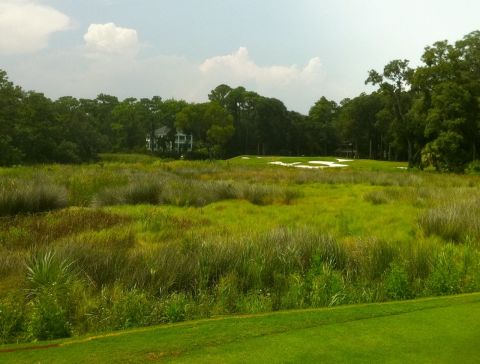
Haig Point's 29-hole Rees Jones layout (no typo, it really is 29) features a number of forced carries over the ubiquitous marsh.
Haig Point, Daufuskie Island, SC
If you have a bit of the Greta Garbo in you –- “I vant to be alone” –- Haig Point will provide you with privacy and style. The island, located between Hilton Head and Savannah, is reached only by ferry (or helicopter, if you own one), and the golf is 29 spectacularly marsh and waterfront holes by Rees Jones. (Yes, 29!). Once you pack up all your cares and woes and head to Haig Point, you may just decide to leave them on the mainland forever.
Signature Golf Package includes golf for two, breakfast, fitness center, golf cart to explore community, complimentary ferry and water taxi….$100 per night per couple in the Strachan Mansion, $200 in the historic Lighthouse.
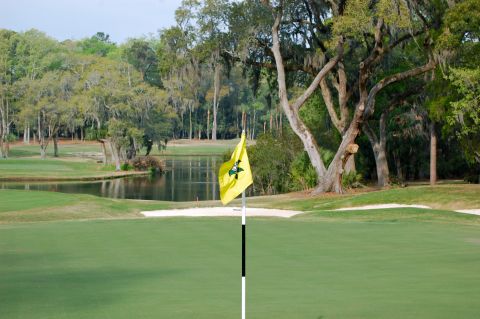
Callawassie's ramrod straight pines and gnarled live oaks provide the backdrop for Tom Fazio's 27 holes of Low Country golf.
Callawassie Island, Okatie, SC
Callawassie might be tough to spell correctly, but there is nothing wrong with the way it has grown to full maturity, or with the 27 classic holes of Tom Fazio golf that threads through dramatic –- and often challenging -- marshland. By making club membership mandatory for all residents beginning in 2002, Callawassie has maintained a stable footing that many other clubs covet. A couple of years ago, the club spent a few million dollars on renovating its golf courses. Off a round played earlier this year, we think it was money well spent.
2 nights in villa or cottage, complimentary lunch and dinner in clubhouse, golf and tennis, access to clubhouse….$299 per couple.
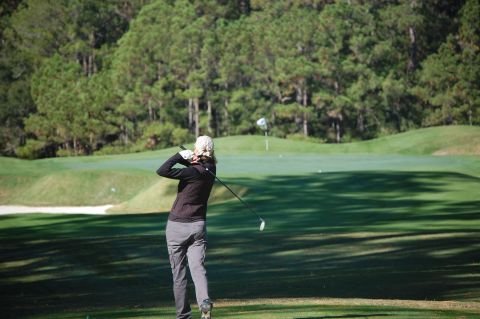
The Landings, near Savannah, showed great form for four couples during our first Home On The Course Discovery Weekend. Everyone enjoyed a great weekend of golf, fine dining and the attractions of an intriguing southern city.
The Landings at Skidaway Island, Savannah, GA
We recently held our first Home On The Course Discovery Weekend and chose The Landings as the site because of its record of stability –- residents own the community, its six golf courses, and the on-site real estate office –- and its proximity to a beguiling American city, Savannah. The community is large enough to offer a wide variety of diversions and yet its neighborhood orientation gives it a small community feel. The couples that participated in our Discovery Weekend looked at homes priced from the $300s to over $1 million. There is plenty to appeal to everyone at The Landings.
3 nights in a private, multi-bedroom home, 2 rounds of golf per person or 1 round plus a boat ride for 2, and a $50 dining certificate (for readers of this web site only)….$450
2 nights lodging, 1 round of golf for 2 or boat ride for 2, and a $50 dining certificate (for readers of this web site only)….$325
If you are interested in any of these discovery packages, please contact us and we will be happy to provide more information and initiate arrangements for you to visit.
